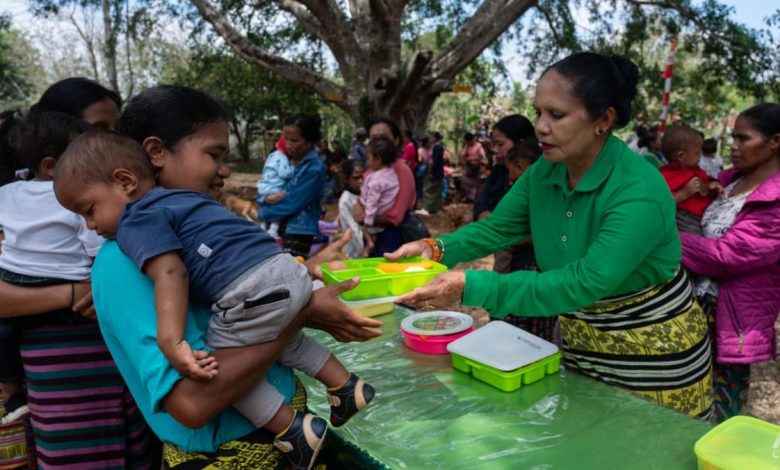What are the potential costs of Indonesia President-elect Prabowo’s free lunch initiative?

Java, where the current capital Jakarta is located, is home to three of the biggest shipping ports in the country. Cities on the island are also connected by 1,776 km of toll roads, or 61 per cent of the total length of toll roads in the country.
In contrast, nearly half of the 3,446 km of roads in the five Papua provinces are not even paved. Some areas are accessible only by air or on foot.
Meanwhile, most of the goods flowing to East Nusa Tenggara, a chain of islands which borders the Indian Ocean, rely on ferries from Java’s Surabaya city which arrive around once a week.
Logistics will be the free meal programme’s biggest challenge, some observers have noted.
“Never mind sending food to schools, the students and teachers in the far corners of this country themselves sometimes have to risk their lives to get themselves educated: From crossing the river using a raft to dangling on a bridge that is on the verge of collapsing to go to school,” news outlet MetroTV wrote in an Aug 21 editorial.
Mdm Eliza Mardian, a researcher at the Center of Reform on Economics think tank echoed the sentiment, highlighting the fact that many beneficiaries live in remote places with poor transportation access.
“The high cost of transportation might balloon the overall budget for the programme because in places like East Nusa Tenggara, there are produce like rice and beans which have to be transported from their production hubs in Java,” she told CNA.

